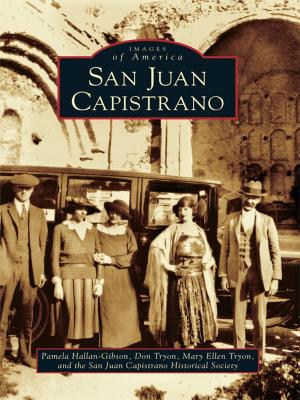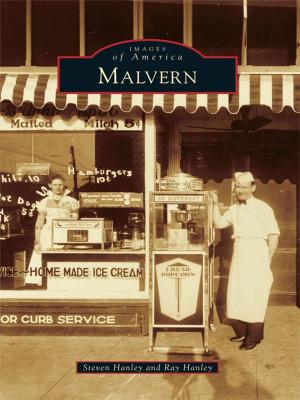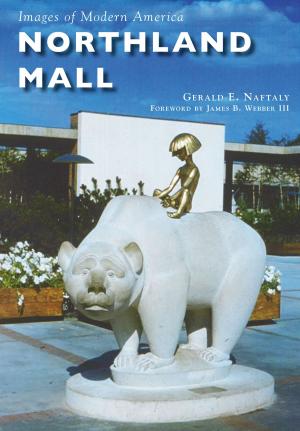| Author: | Mary Cascone | ISBN: | 9781439623893 |
| Publisher: | Arcadia Publishing Inc. | Publication: | September 6, 2010 |
| Imprint: | Arcadia Publishing | Language: | English |
| Author: | Mary Cascone |
| ISBN: | 9781439623893 |
| Publisher: | Arcadia Publishing Inc. |
| Publication: | September 6, 2010 |
| Imprint: | Arcadia Publishing |
| Language: | English |
Along the shores of Long Island�s Great South Bay, the Copiague area was a haven for Native Americans and, later, colonial settlers. Previously known as Huntington South, East Amityville, Great Neck, and Powell�s, the hamlet adopted the name Copiague in the 1890s. Pres. George Washington�s celebrated 1790 sojourn is one of the high points in Copiague history, as are the visits of famed wireless inventor Guglielmo Marconi in the early 1900s, when he came to review his namesake Marconiville community. In the 1920s, rural Copiague grew to include the beach communities of American Venice, Amity Harbor, and Hawkins Estates and set the stage for the monumental suburban expansion of the 1950s. Beginning in the early 20th century, Copiague also became the adopted home to immigrants from all around the world. Copiague has a rich tradition of community service institutions�its fire department, public schools, veterans� organizations, and churches, including Bethel A.M.E. Church, celebrated as the oldest black church on Long Island.
Along the shores of Long Island�s Great South Bay, the Copiague area was a haven for Native Americans and, later, colonial settlers. Previously known as Huntington South, East Amityville, Great Neck, and Powell�s, the hamlet adopted the name Copiague in the 1890s. Pres. George Washington�s celebrated 1790 sojourn is one of the high points in Copiague history, as are the visits of famed wireless inventor Guglielmo Marconi in the early 1900s, when he came to review his namesake Marconiville community. In the 1920s, rural Copiague grew to include the beach communities of American Venice, Amity Harbor, and Hawkins Estates and set the stage for the monumental suburban expansion of the 1950s. Beginning in the early 20th century, Copiague also became the adopted home to immigrants from all around the world. Copiague has a rich tradition of community service institutions�its fire department, public schools, veterans� organizations, and churches, including Bethel A.M.E. Church, celebrated as the oldest black church on Long Island.















